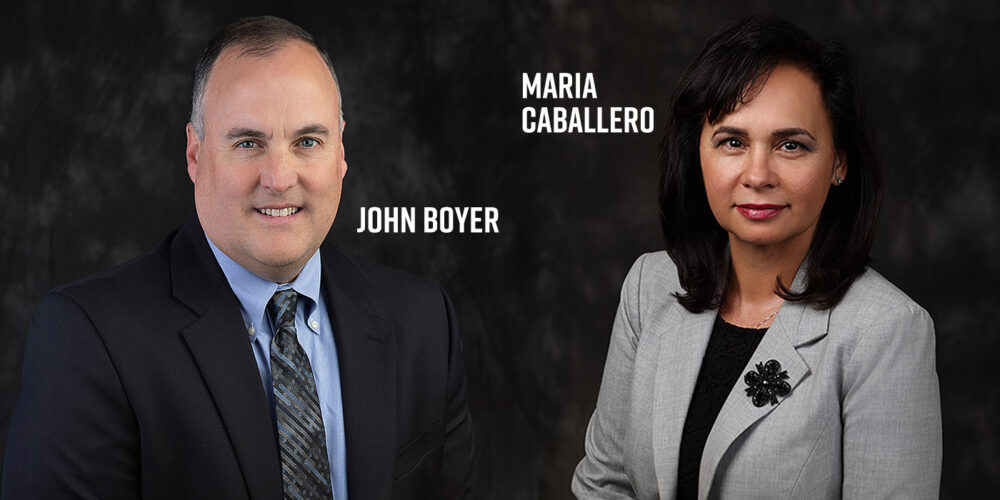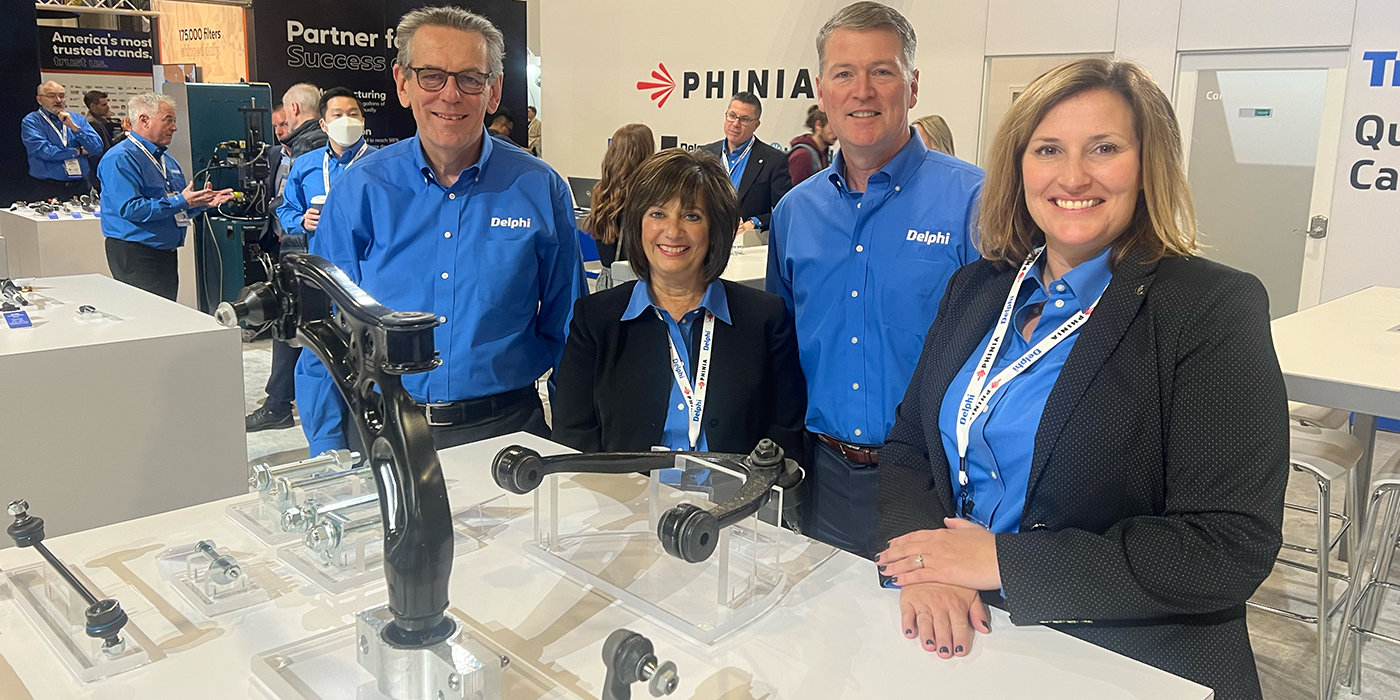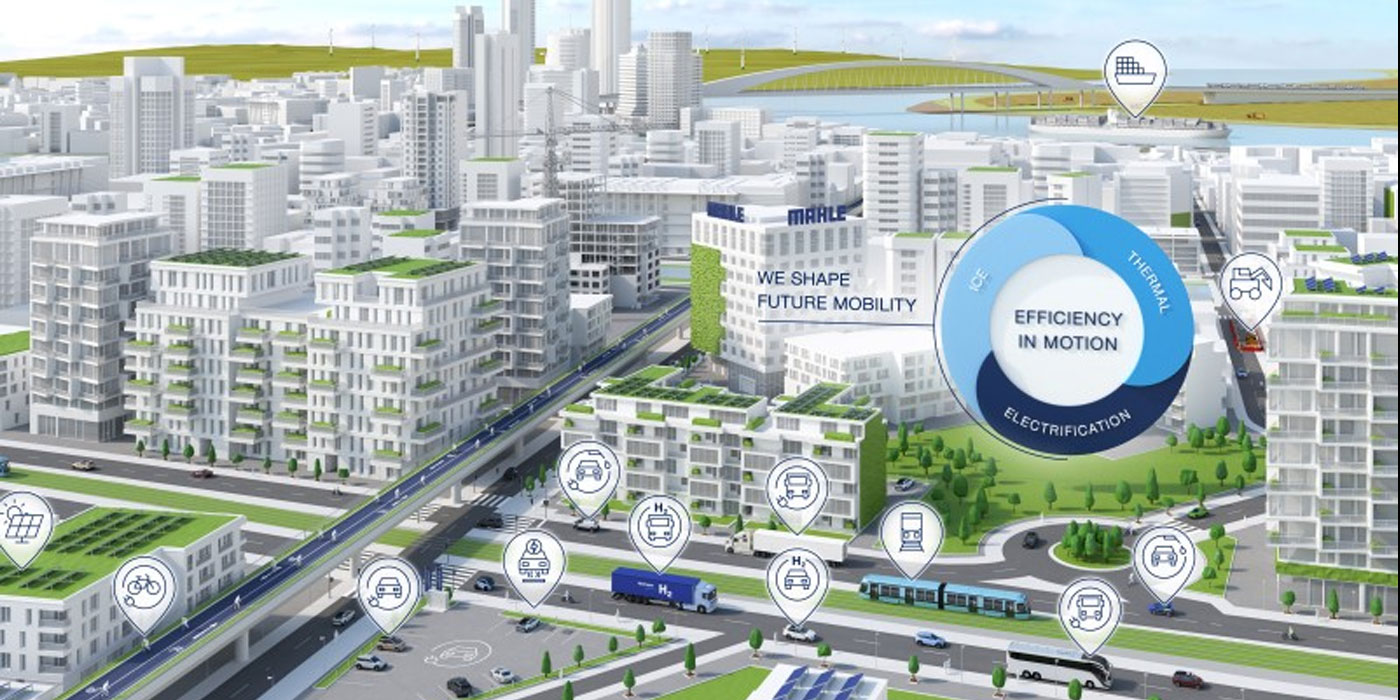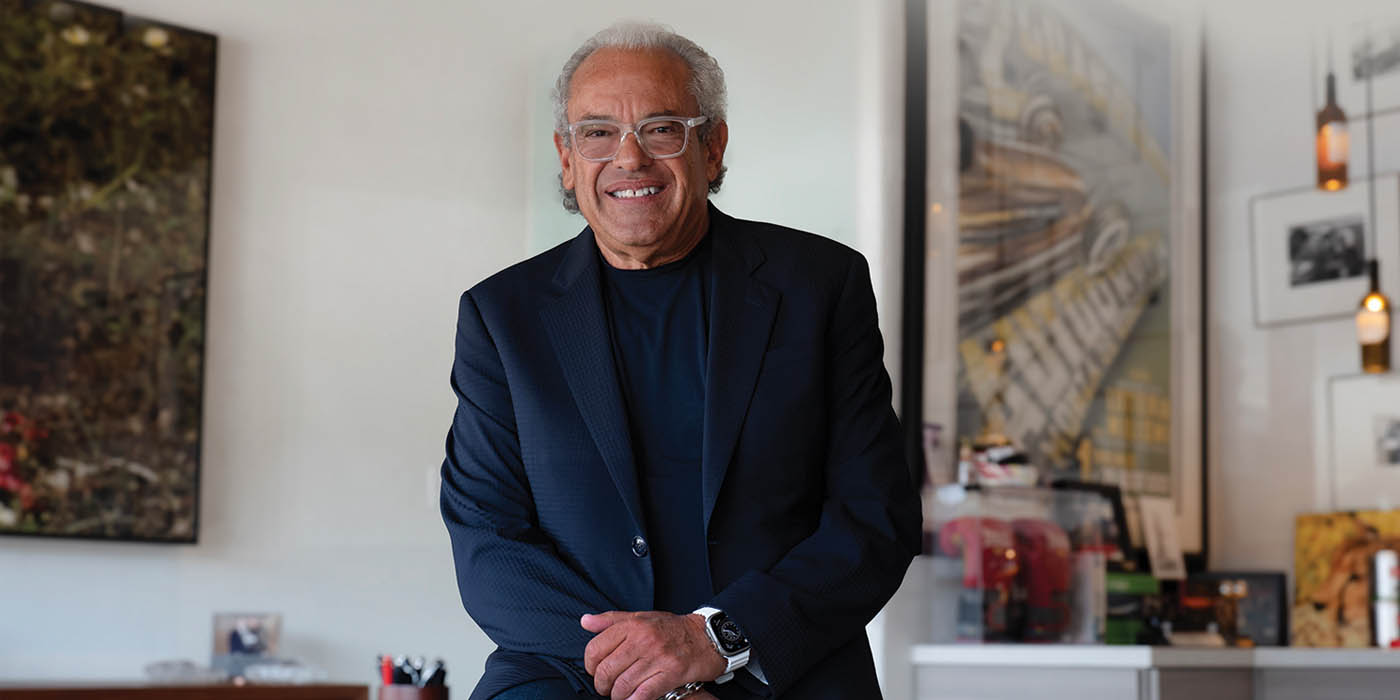Sustainable manufacturing has been a defining part of BBB Industries’ business since 1987, and now with the advent of electric vehicles, the company is redefining what that looks like.
Since 2014, BBB has embraced the renewable energy remanufacturing market with electric vehicle, energy storage and solar, but as automakers and other industry stakeholders invest more in EV manufacturing and charging infrastructure, affordable options are needed to make sure those vehicles are long-lasting. That’s especially true when it comes to costly EV batteries.
In this AMN Executive Interview, BBB Industries’ Maria Caballero, president of the company’s TERREPOWER division (appointed in February 2024), and John Boyer, who began the TERREPOWER division and was recently appointed to president of BBB’s Undercar division, explain the company’s sustainable manufacturing mentality, its outlook for remanufacturing EV components and how it is looking to create a circular economy in the aftermarket.
AMN: BBB has been a longtime supporter of sustainable manufacturing and remanufacturing. Can you give me a picture of what that looks like? And how you’re doing this for EV batteries?
John Boyer: We have been in the business since 1987, and since then, we have been giving new life to critical components and materials to lower costs, reduce resources and protect the environment. Our business model is to take products that have been used and return them to usable life.
We do that by having highly skilled engineers who have developed processes to take parts as they come in from the field, disassemble them and determine which parts need to be replaced. Then, they test the product to make sure it is put back into service in like-new condition.
Maria Caballero: For all our products, we start with the core— the old part that comes off the vehicle. For EV batteries, first, we figure out what’s wrong with it. That depends on where the battery is in its lifecycle and potential failure modes that could exist.
We test the battery using our proprietary equipment and test methods, which is where a lot of our R&D comes in. Once we determine what components fail, then we can replace those components and bring the battery back to a performance level that’s acceptable in the vehicle. A battery pack is made up of multiple modules. If a module is underperforming, we can take that module out and put a new one in to bring it back to performance. With the module that we take out, we can then sometimes repurpose it into an energy storage unit. We pair these units with our remanufactured solar systems to bring affordable energy systems into the market that can lower energy costs for a whole host of customers from residential to commercial applications.
Through this process, that battery could live for another 10 to 15 years, and we’re getting the most value out of that original component before it needs to be recycled.
AMN: With remanufacturing, a lot of times these components are better than OE, correct?
Caballero: Yes, in some cases we can make improvements. If we know that there’s been a failure—a particular aspect that typically fails the first time around—then you can take action and adjust it the second time when it’s remanufactured.
Boyer: That’s probably where our engineers spend a lot of time. Since we’re seeing the part after it’s been used, we get the ability to see what failed, where the weak spots are, and how we can improve it. The other thing our team spends a lot of time on is how to recapture as much of that old part as possible.
AMN: Can you give me an example?
Boyer: So, the rack and pinion shaft, an undercar part, can get pitted over time from corrosion and other elements. You might look at it and go, “Well, we have to throw that away.” But we have a process where we can build that shaft back up using minimal material, grind it back down, and then use it back into the process to make a remanufactured steering rack. Instead of buying a whole new rack bar, we fix it. That goes back to sustainability and using as much of that old component as we can.
Caballero: The idea is to avoid all the mining, fabrication and molding from the start and reuse the metal so that parts don’t end up in a landfill.
AMN: In what ways is BBB’s TERREPOWER division using EV batteries today in their second lifecycle?
Caballero: Our Sparta facility in Tennessee has a 550-kilowatt solar farm combined with a 180-kilowatt energy storage system that our engineers designed from repurposed EV batteries—those that were not appropriate to be put back in a vehicle. So, we use them for solar, and we generate 34% of the energy needed to power that plant from that system.
AMN: Describe the scope of how TERREPOWER is doing this today in the industry.
Caballero: We do this for on-road vehicles. There’s also electrification going on in off-road applications, and we work with those types of companies as well. We can do this for a variety of different applications, which will continue to grow as the electrification journey continues. If you look at on-road vehicles, there are only 2.5 million electric vehicles on the road today out of 290 million in the US total VIO. So, we’re early on. The EV space is so new, and I think a lot of companies are trying to figure it out.
But I think we’ve proven over time our ability to scale up businesses. If you take some of our legacy products—starters, alternators, calipers—we’ve scaled all those up over time to meet market demands. We have the same plans for our EV batteries.
While each product is different, the approach and the expertise carry over from those product lines. We are looking for this to grow, and as the car parc changes, we will be ready for the challenge of servicing each of those parts.
AMN: What other EV part categories is BBB looking at to remanufacture?
Caballero: Our journey in electrification really began in 2014 when we started doing electronic steering as the market shifted from hydraulic to electric steering. We are also able to service other high voltage components such as e-motors and inverters—they’re all components related to EVs and hybrids, and we have the ability to work on all of them.
In addition to that, we have your traditional starters, alternators, brake calipers, turbochargers, both types of steering… We also do electronics. So, we can remanufacture a wide array of product offerings all along the same theme of recovering as much possible and giving the product another chance with minimal energy consumption.
There are also going to be opportunities to retrofit electric systems into a previous ICE vehicle. We just don’t know the extent of that at this point. But I think when you look at an electric vehicle, there are a lot of high-value components—the e-motor, inverter, on-board chargers. That’s where remanufacturing really makes sense because you have a high-value component that you can bring back to life and make affordable options. I think that’s one key about electric vehicles—there are fewer components, but they’re more expensive.
So, if these vehicles are going to continue to stay on the road for a long period of time, there must be affordable solutions. The affordable solutions are going to come from remanufactured products where you’re saving a lot of that value and bringing it back to be used again.
I always think about the money that vehicle manufacturers have spent in developing and building EVs along with government incentives to reduce emissions to make the planet better. If those components end up in a landfill, then we haven’t really accomplished what we were there to do, right?
If you have electric vehicles and don’t have a remanufacturing solution or eventually recycling plan at the end of life, you’re missing a lot of the intent. That’s what we’re here to do.
AMN: What most excites you about the work that BBB is doing around remanufacturing? And what future challenges do you anticipate?
Caballero: The exciting part is our sustainability value. We’re offering not only car parts at an affordable price, but we’re also making a change in the way the world is going to be left for future generations. We have aggressive goals to continue to reduce our CO2 emissions. I think the challenge for us, and one of the exciting parts, is how do you continue to improve in something that’s already going very well? And how do you take it to the next level?
Boyer: I’ve been in this business for over 30 years. The change in technology from ICE to EV is such a big change from anything we’ve seen before. That’s what’s exciting—staking a claim in a space that’s totally new where you’re open to come up with solutions going forward. So, our challenge is how can we bring automotive solutions to market and make things more sustainable going forward?
AMN: What other ways is BBB working on its vision to create a circular economy?
Caballero: When it comes to the TERREPOWER division, powering our plants with solar power systems and remanufacturing are the biggest parts of sustainable manufacturing. We’re also taking this to the next level in how we run our plants to make the processes more environmentally friendly.
Boyer: We also go back to our suppliers that we buy components from and see what they’re doing to be more sustainable. There’s a knowledge share and an overall focus on if there are choices in suppliers and the parts are the same, but one is doing processes that more follows our values and what we want to do, then we can select that supplier over somebody else.














